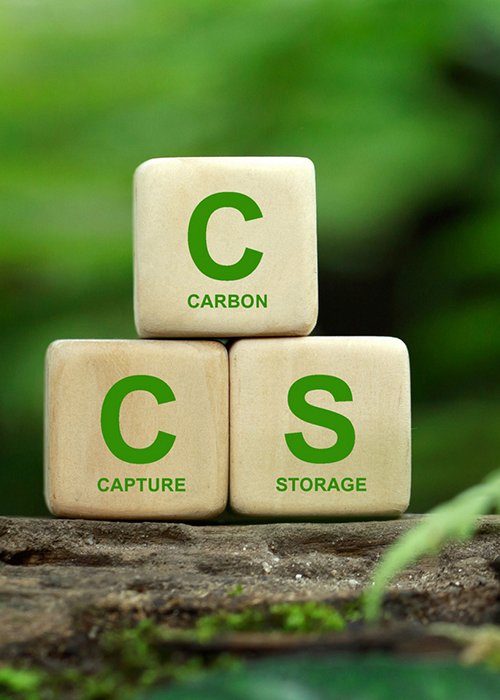There are good news from the area of carbon dioxide capture and conversion technologies and, in particular, from the Max Planck Institute for Terrestrial Microbiology in Germany, where a team of researchers has developed a technique for the synthetic bio-fixation of carbon dioxide (CO2) in living cells.
The synthetic fixation pathway is called THETA cycle and involves 17 biocatalysts from 9 microorganisms that are capable of converting CO2 into the metabolite acetyl-CoA. Of these catalysts, two in particular fix carbon and are also the fastest to do so, as far as we know so far: these are the enzymes crotonyl-CoA carboxylase/reductase and phosphoenolpyruvate carboxylase. Taken individually, both are able to accelerate the CO2 capture reaction by working up to 10 times faster than ribulose-bisphosphate carboxylase, the enzyme responsible for CO2 bio-fixation in plants. The THETA cycle is divided into three modules and has been successfully implemented in the bacterium Escherichia coli. This achievement opens up new avenues for CO2 capture and conversion, which is crucial for tackling the climate emergency. Each THETA cycle converts two molecules of carbon dioxide into one molecule of acetyl-CoA, a metabolism compound of all living organisms and a building block for a wide range of biocompounds, including biofuels.
“The peculiarity of this cycle is that it contains several intermediates that act as central metabolites in the metabolism of the bacterium,” explains Shanshan Luo, lead author of the study, which was published in Nature Catalysis. “This overlap offers the opportunity to develop a modular approach for its implementation. However, we have not yet managed to completely close the cycle so that E. coli can grow exclusively with CO2.” In other words, an E. coli bacterium engineered with these modifications is unable to feed on CO2 alone. Complete closure of the THETA cycle remains a major challenge, as all 17 reactions must be synchronised with the natural metabolism of E. coli.




